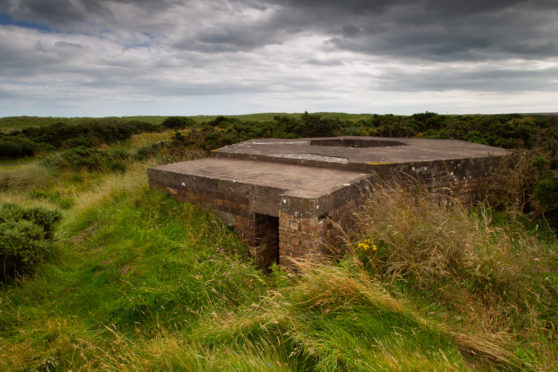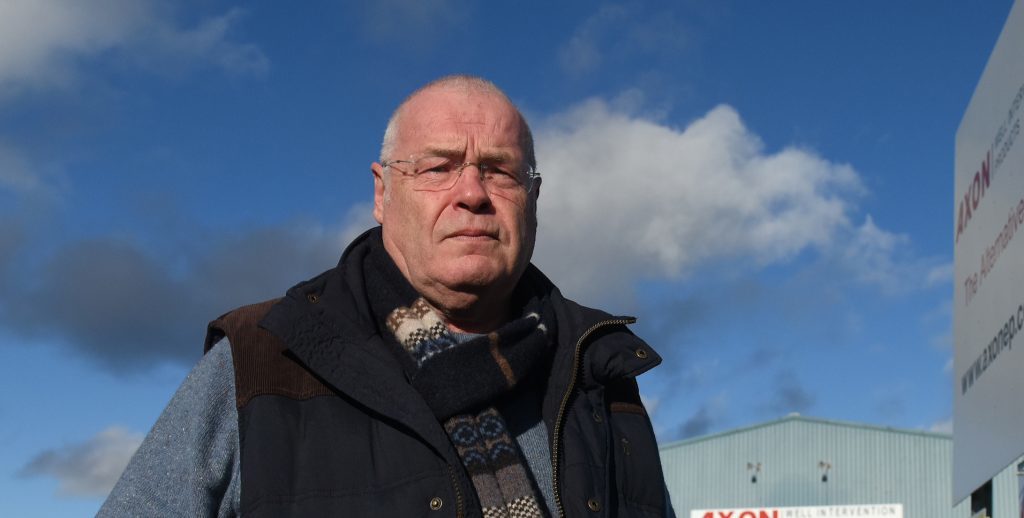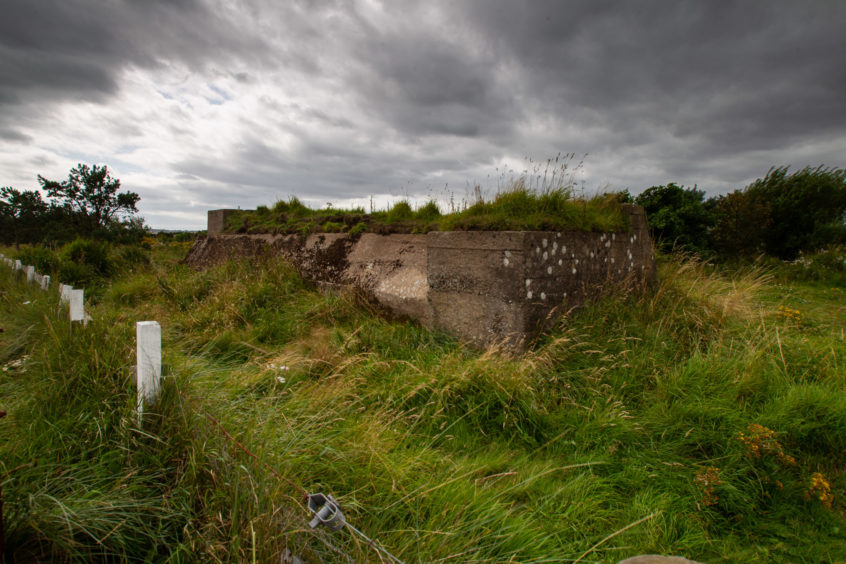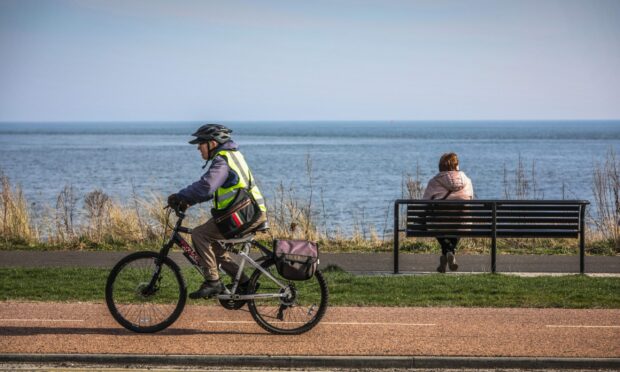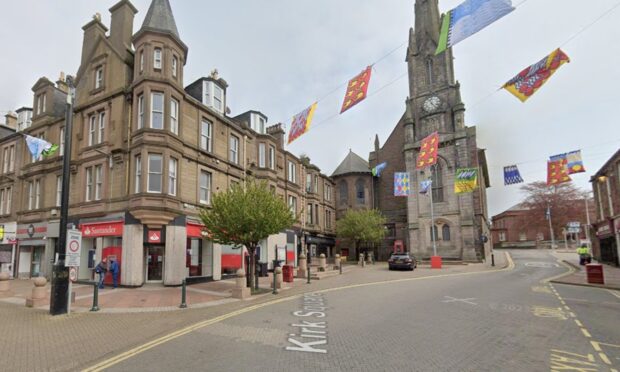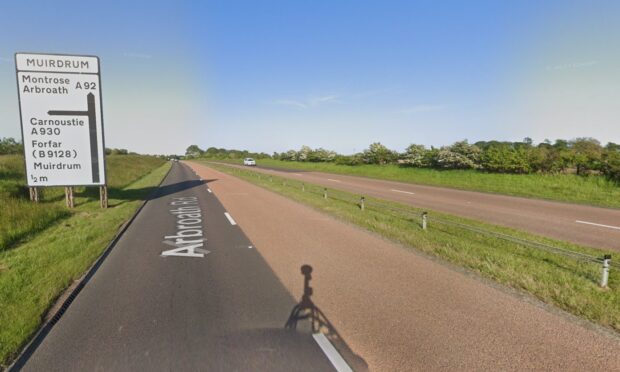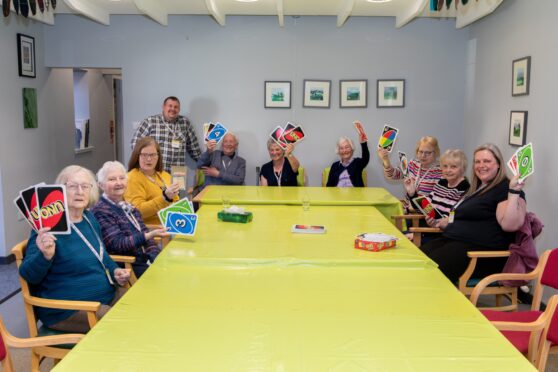Calls have been made for World War Two coastal defences to be preserved before they are swept into the sea due to erosion.
David Fairweather, leader of Angus Council, believes the concrete structures should be saved from destruction as a lasting reminder that “victory for the allies was by no means certain”.
The most common remaining defence systems are oblong or pyramid shaped concrete blocks designed to hamper enemy tanks, forcing them into ‘killing zones’ where troops with anti-tank weapons would destroy them.
The remains of a number of other wartime buildings such as brick and concrete defensive positions including anti-aircraft gun sites, observation points and pill-boxes can still be found across Angus, although many are overgrown, with some subjected to vandalism.
When war broke out for the UK in 1939, the German armed forces were storming across mainland Europe.
By 1940, The German high command had put together a comprehensive plan for the invasion of the UK, called Operation Sealion, which saw significant numbers of barges and transport vessels gathered on the English Channel.
With America yet to enter the war, the outlook for Britain was uncertain at best.
Mr Fairweather said: “The grim wartime situation led the authorities to hurriedly construct a network of coastal defences in a bid to repel any invasion force, many of which can still be seen today.
“I’m not advocating we try and preserve everything, but the sea is claiming an increasing number of these items and nowadays many people simply don’t know what these structures are or the dark times they represent.
“With that in mind, I think more should be done to preserve selected sections of these defences, but information boards could also be installed explaining what they are.”
Mr Fairweather said: “These structures are utilitarian and reflect the speed with which they were constructed, but they are an important part of our history and should be a reminder to future generations that the freedom we enjoy today came with a heavy price.”
A spokesperson for Historic Environment Scotland said: “These defensive structures are not scheduled, so it is up to the local authority to provide information boards.
“However, they could be nominated for scheduling, and next year is the Year of Coast and Waters, so it could be timely for them to be nominated.”
